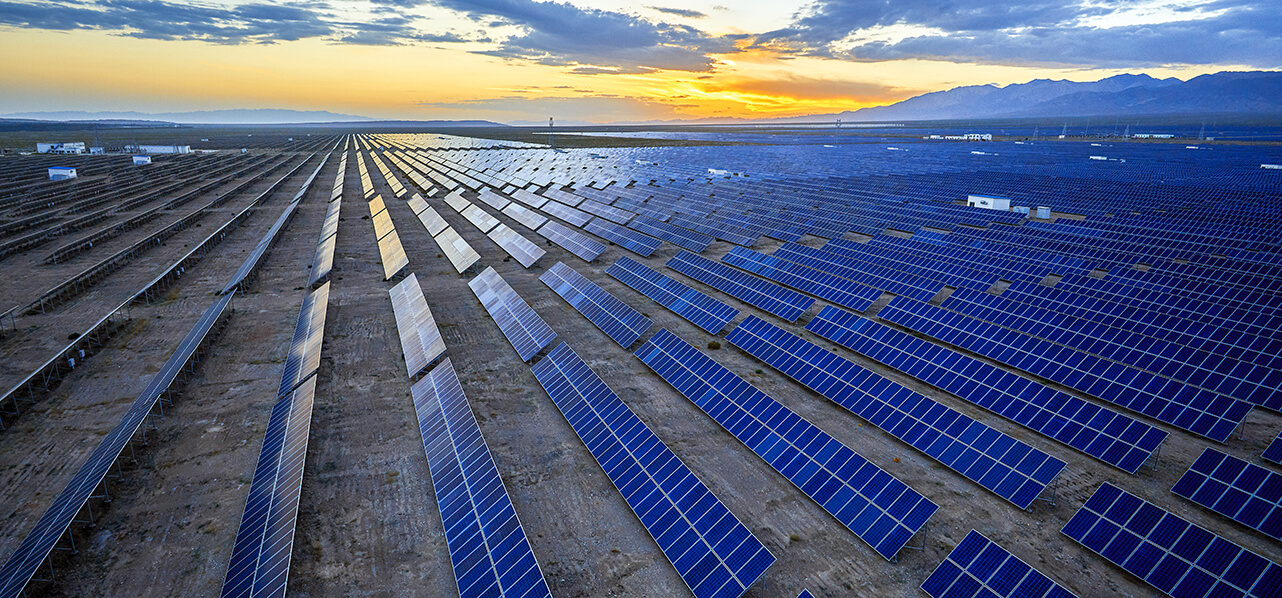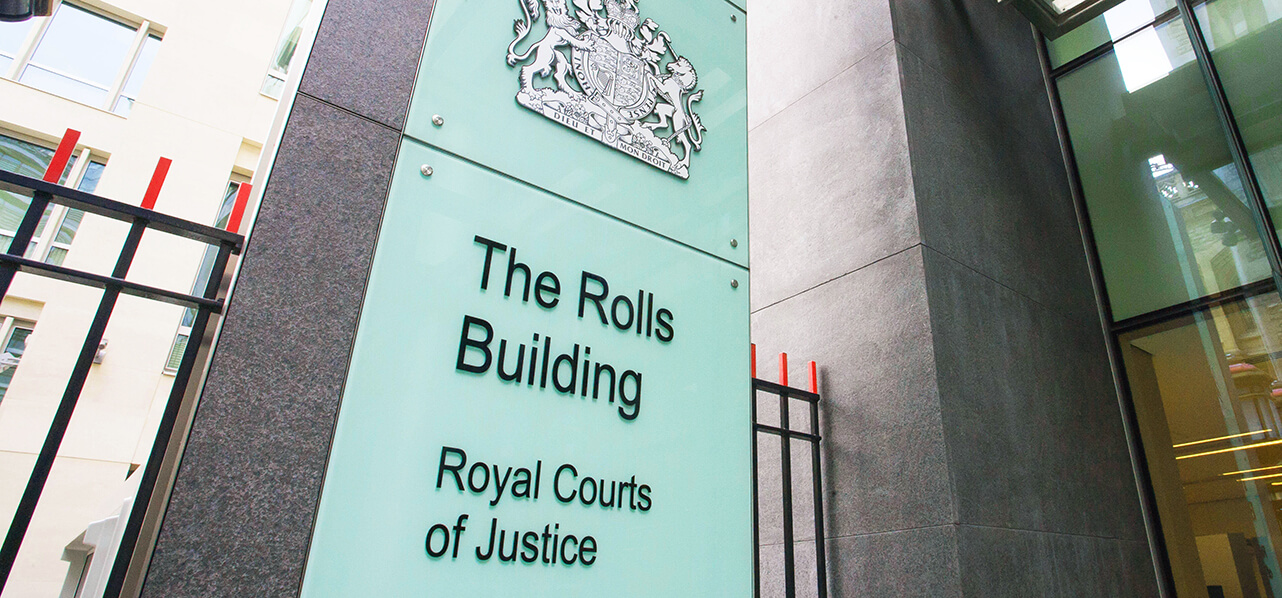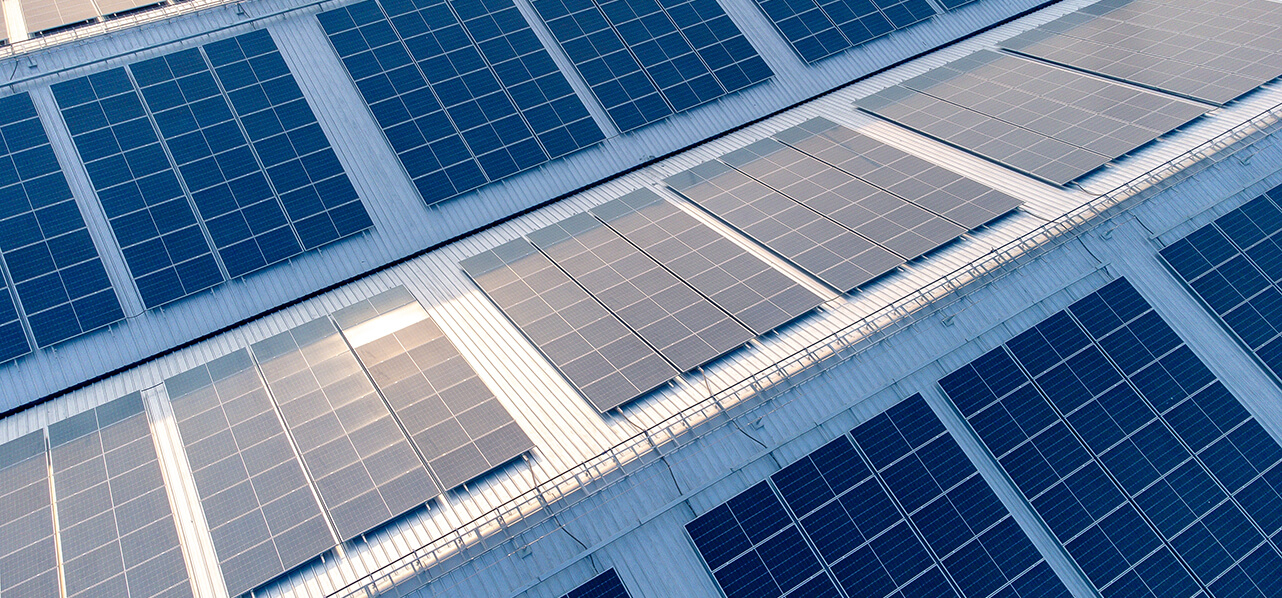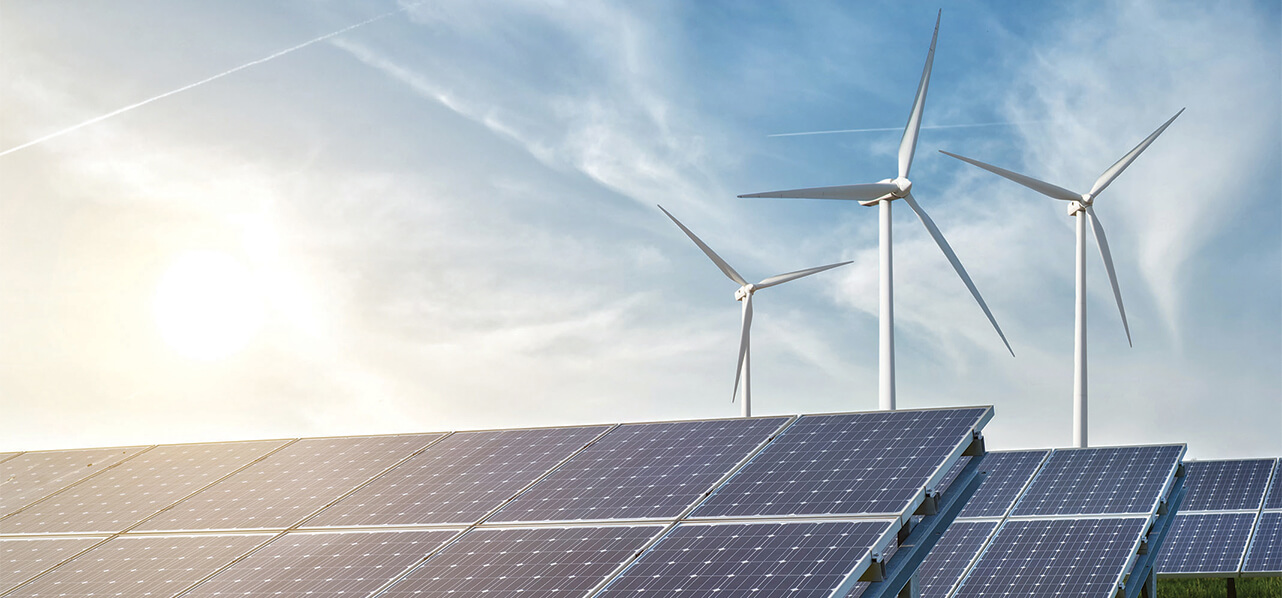Partner Madrid
"The Auction RD establishes the general conditions of the ERRE and the procedure for obtaining it."
The Auction RD develops the economic regime introduced by Article 2 of Royal Decree Law 23/2020 that modifies article 7.bis of Law 24/2013 of the Energy Sector. As anticipated in that Royal Decree, said economic regime will be based on recognising a long-term energy price which will be granted through competitive bidding procedures.
The objective of this memorandum is to analyse the main elements of the Auction RD, particularly the Economic Regime for Renewable Energy (“ERRE”). It should be noted that the Auction RD establishes the general conditions of the ERRE and the procedure for obtaining it, not the specific conditions under which the competitive procedures will take place which will be developed through a Ministerial Order (“MO”).
In this regard, a calendar will be established by the MO, with a minimum of five years, including: indicative timeframes, frequency of auctions, expected capacity and planned technologies. The calendar shall be updated, at least, annually.
Granting of the ERRE: Auction procedure
Scope of application: The Auction RD will apply to generation facilities of electrical energy from renewable energy sources. The facilities may be composed of more than one technology and may include storage systems. The facilities shall be the result of new investment undertaken after the auction, as will be defined in the MO regulating the auction mechanism and the characteristics of the ERRE.
Auctions: The ERRE will be granted through auctions.
Technological differentiation: The specification of technologies that will be allowed to participate in the auctions will be set out in the MO, and such specification may include (among other things): technical characteristics, size, manageability, location and technological maturity.
Exemption from the competition process for small facilities: small-scale facilities (less than 5 MW) and demonstrator projects may be exempted from the competition procedure and may be awarded a price directly.
Compatibility with market income: The ERRE allows generation projects to receive income from the market, although a certain volume of energy within a certain period will be valued at the successful auction price.
Definition in MO: As anticipated, the auction procedure will be regulated through the MO, which will also define the characteristics of said economic regime. In particular, the MO may define: technologies, conditions and guarantees to participate in the auction, products to be auctioned and others. The auctions will be convened by a Resolution of the Secretary of State for Energy (“SEE”).
Auction mechanism: The auctions granting the ERRE will have the following characteristics:
"The ERRE allows generation projects to receive income from the market, although a certain volume of energy within a certain period will be valued at the successful auction price."
| Product to be auctioned | May refer to installed capacity, electrical energy or a combination of both. This will be defined in the MO. If the auctioned product is electrical energy, a minimum power to be built will be defined, based on equivalent hours. |
| Bid | Price per unit of electrical energy in EUR/MWh to two decimals. |
| Maximum and minimum price | A maximum price (price of reserve) may be set, which may be kept confidential, as well as a minimum price (risk price). Offers above the price of reserve and below the risk price (if any) will be rejected. |
| Pay-as-bid | The result of the auction will be the capacity or energy awarded to each participant and the price will correspond to their bid. |
| Assignment criteria | The offers will be ordered from the lowest to the highest bid value. The offers will be selected starting with the offer of lowest economic value until the quota of the auctioned product is reached (said quota will be established in the Resolution calling the auction), and any offers exceeding the quota will not be selected. |
| Minimum requirements | Without prejudice of the MO to be approved, to ensure effective competition, the volume of product offered by bidders must exceed the volume of product to be awarded in the auction by at least 20%. If necessary, the volumes awarded will be reduced to meet this threshold. The volume of product awarded to the same company or group of companies may not exceed 50% of the total volume of the product auctioned. |
| Managing entity | OMIE, the market operator |
| Supervising entity | CNMC, the Spanish Market and Antitrust Commission. |
How does the ERRE Mechanism work?
The ERRE operates based on the following core concepts:
Auctioned energy: The energy will be sold by the facilities awarded in the auction through participation in the energy market, within the “maximum delivery period” which does not exceed the “maximum auctioned energy” but exceeds the “minimum auctioned energy”.
Minimum auctioned energy: minimum volume of energy to be reached by each facility under the ERRE within the maximum delivery period.
Maximum auctioned energy: maximum volume of auctioned energy that can be covered by the ERRE within the maximum delivery period.
"Once the facility has reached the maximum auctioned energy or the maximum delivery period has expired, the ERRE will be automatically terminated."
Maximum delivery period: maximum and non-extendable time limit (in years) in which the facilities under the ERRE have the obligation to sell the minimum auctioned energy. The Auction RD states that it will be enough time to convey a signal of certainty regarding the income of the facilities, so as to facilitate new projects’ financings. The maximum delivery period will be between 10 and 15 years, and may be extended, exceptionally, up to 20 years in those cases where it is justified by technologies with a high initial investment or technological risk.
Price (auctioned price): The price received by the facilities under the ERRE, for each unit of auctioned energy sold in the daily and intraday market, shall be the awarded price resulting from the auction (the bid made in EUR/MWh). The rest of the energy may be freely sold to the market at the market price.
The auctioned price will not be updated.
The price to be received for the ERRE result of the auction may be corrected, if so stipulated in the MO regulating the procedure for symmetrical market share incentives. These incentives would add up the difference (positive or negative) between the market price and the auction price multiplied by a coefficient between 0 and 0.5.
Based on the mentioned concepts, from the start date of the maximum delivery period the facility under the ERRE will participate in the market accounting the energy sold as auctioned energy.
Once the facility has reached the maximum auctioned energy or the maximum delivery period has expired, the ERRE will be automatically terminated.
The owners of facilities will be allowed to participate freely in the daily and intraday market. To this end, they will offer according to their best production forecast and at their opportunity cost. To participate in the different markets, each facility hosted by the ERRE must constitute itself as a supply unit. ERRE winners will not be able to sign physical bilateral contracts, thus allowing financial ones only.

In the event that the market price is lower than the auctioned price, the surplus generated will entail a payment obligation
Settlement of the auctioned energy: The market operator will settle the difference, which may be negative or positive, between the daily and intraday market prices and the auctioned price, as follows:
- In case the market price is higher than the auctioned price, the surplus generated will be a revenue, which will be distributed by the market operator between the national purchasing units in proportion to their final hourly programming after the continuous market; and
- In the event that the market price is lower than the auctioned price, the surplus generated will entail a payment obligation, which will be distributed by the market operator as in the previous case.
ERRE exemption price: The price received for energy sold in periods in which the market price is equal to or less than zero shall be equal to the market price, and such energy shall not be counted as auctioned energy.
Guarantees of origin: the guarantees of origin associated with the auction energy will be assigned to the electricity system.
Renouncement of the ERRE: Facilities that have exceeded the minimum auctioned energy may renounce the ERRE, enabling them to continue with their activity, participating freely in the market. It is also possible to renounce the ERRE before reaching the minimum auctioned energy, but this will incur penalties.
"Facilities that have exceeded the minimum auctioned energy may renounce the ERRE, enabling them to continue with their activity, participating freely in the market."
Non-compliance: If the auctioned energy produced by the facility does not exceed the minimum auctioned energy at the end of the maximum delivery period, a penalty may be imposed, which shall be proportional to the outstanding energy to reach said minimum. Intermediate control milestones may also be defined to assess whether the facility has reached the equivalent minimum auctioned energy, calculated in proportion to the maximum delivery time.
Exemption to storage from the ERRE settlement mechanism: Storage facilities not covered by the ERRE will be excluded from the settlement mechanism described under the “Settlement of the auctioned energy” section above. Likewise, the Auction RD implementing regulations may adapt the settlement mechanism for facilities with storage capacity under the ERRE.
Administrative procedures
ERRE Electronic Registry: An electronic registry will be formalised for the granting and follow-up of the ERRE. The facilities shall initially be registered at a pre-allocation stage and subsequently in operational stage. For the ERRE it will be necessary that the facilities are registered at operational stage.
Project maturity requirements: The MO may establish mechanisms to ensure the maturity of projects whose fulfilment will be required for registration. Therefore, it is possible that pre-requirements for participating in auctions relating to mature projects may be required to ensure said projects are built and start operations within a reasonable timeframe.
Guarantees for the ERRE: For the registration at a pre-allocation stage, it will be necessary to present the accrediting receipt to the General Directorate for Energy Policy and Mines (“DGEPM”) of having deposited a guarantee, which will be specified in the MO. The objective of the guarantee is the registration at operational stage. The MO may exempt certain facilities from the constitution of guarantees.
Registration at pre-allocation stage: Auctioneers will submit the application for registration with the DGPEM accompanied by the documentation within the period determined by the MO. The Order may establish additional requirements for registration in a pre-allocation stage such as the positive impact on local employment and the industrial value chain. The DGPEM will issue a resolution within a maximum period of three months from the date of application for registration.
Registration at operation stage: For a facility to be registered at operational stage, it must meet the following requirements prior to the applicable deadline:
- the facility is fully completed¹; and
- the facility complies with the requirements established in the MO.
The availability deadline will be established in the Resolution from the SEE calling the auction. Registration at operational stage must be carried out a maximum of one month after the availability deadline. The installation availability deadline must be at least four months prior to the start of the maximum delivery period.
"The Auction RD establishes the general framework that auctions must comply with, which will be regulated in a more specific way by the MO and convened by Resolution of the SEE."
Expulsion: The Resolution from the SEE calling the auction may define an expulsion date (replacing the term of one month from the date of availability), equal to or later than the deadline for availability. Thus, if compliance with the requirements of the preceding paragraph occurs after the availability deadline, but before the expulsion date, the guarantees will be partially executed, but the generator’s right to receive payments under the ERRE will not be affected. However, if the expulsion date passes, the guarantees will be fully executed and the right to receive the ERRE will be lost.
Cancellation and execution of the guarantee for the ERRE: After the resolution of the DGPEM for registration at operational stage, which must be given within a maximum period of three months after the request, the guarantee provided for the participation of the ERRE will be cancelled. If there is a certain amount of product awarded (energy or power) that has not been registered at operational stage, the guarantee will be executed in full or in part in a proportional amount.
Next steps
The Auction RD establishes the general framework that auctions must comply with, which will be regulated in a more specific way by the MO and convened by Resolution of the SEE. Thus, the technologies involved, the conditions and guarantees for taking part in the auction, the product to be auctioned and the parameters and other elements that make up and specify the ERRE will be developed through a MO.
Having approved the Auction RD, it is the objective of the Ministry for the Ecological Transition and the Demographic Challenge to publish the order that allows a call for auctions to be held before the end of 2020. Likewise, the calendar for the auctions for the next few years will also be approved by an MO, which will cover a minimum period of five years and will include indicative deadlines, auction frequency, the expected capacity and the technologies envisaged, where appropriate.
[1] A facility is considered to be fully completed if it has all the elements, equipment and infrastructure that are necessary to produce energy and to discharge it into the electrical system, including, where applicable, storage systems; has obtained the definitive registration in the administrative register of electricity production facilities and has started to sell energy on the market. The evidence of the start of the sale in the electricity market shall be conducted by means of a certificate issued by the market operator.





